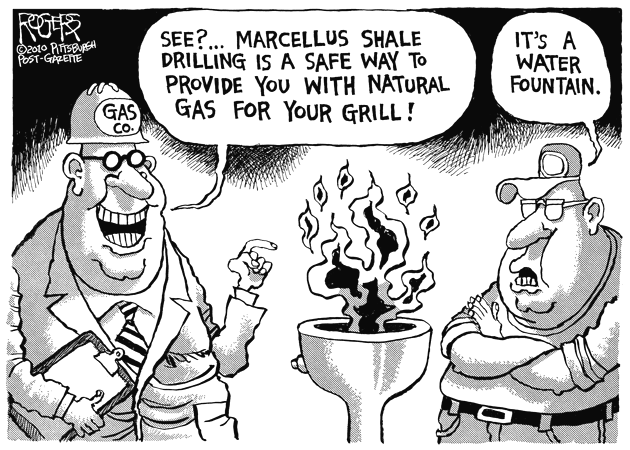
By now, you probably have heard about a growing method of energy production called hydraulic fracturing, or fracking. But do you really know what it is? It’s another way to obtain oil and natural gas from the earth in addition to the traditional drilling method. This method has benefited consumers, industries and has grown North America’s domestic oil and natural gas supplies. It also has raised controversy over environmental and health concerns.
Follow LandCentral as we look into some of the facts about hydraulic fracturing:
How fracking works
Hydraulic fracturing involves tapping into shale and other tight-rock formations by drilling a mile or more below the surface, and then turning horizontal and drilling another several thousand feet. Once the well is drilled, cased and cemented, perforations are made in the horizontal portion of the well pipe. Next, a mixture of water, sand and additives is pumped at high pressure to create micro-fractures in the rock. The fractures are held open by the sand. This allows the oil and natural gas to flow more freely.
 Supports say that fracking allows the U.S. tap vast oil and natural gas reserves that previously were locked away in shale and other tight-rock formations. It also is being used to stimulate new production from older wells. Up to 80 percent of natural gas wells drilled in the next decade will require hydraulic fracturing.
Supports say that fracking allows the U.S. tap vast oil and natural gas reserves that previously were locked away in shale and other tight-rock formations. It also is being used to stimulate new production from older wells. Up to 80 percent of natural gas wells drilled in the next decade will require hydraulic fracturing.
Some fracking facts
- Multiple layers of casting (cement) prevent fluid from leaching into the surrounding ground and water.
- Hydraulic fracturing fluid is made up of water (90 percent), sand (9.5 percent) and additives (0.5 percent).
- In many states, the full, public disclosure of additive chemicals is required. Some of the additive chemicals can include: acids, sodium chloride, polyacrylamide, ethylene glycol, guar gum, glutaraldehyde and potassium.
- Disposal of hydraulic fluid is regulated by each state.
- Fracking is the fastest-growing form of gas and oil extraction in the United States. It is most profitable in the Great Plains and the Great Lakes region.
- Fracking also may be used in several other capacities such as well water stimulation and rock caving.
- Fracking in the United States has been deemed to be a safe practice, although there have been several cases in which the ground water has been contaminated.
- Although it is believed that hydraulic fracturing may be the cause of localized earthquakes, it has never been actually proven to be the cause. Several sites are under investigation to determine if it is a factor. Hydraulic fracturing was first introduced as a method of shale gas extraction in the late 1940s.
- The United States is now far less dependent on foreign oil.
- Finally, fracking has contributed to an increase in jobs over the past 10 years. Nearly one million people worldwide have a job because of the fracturing
 3
3
